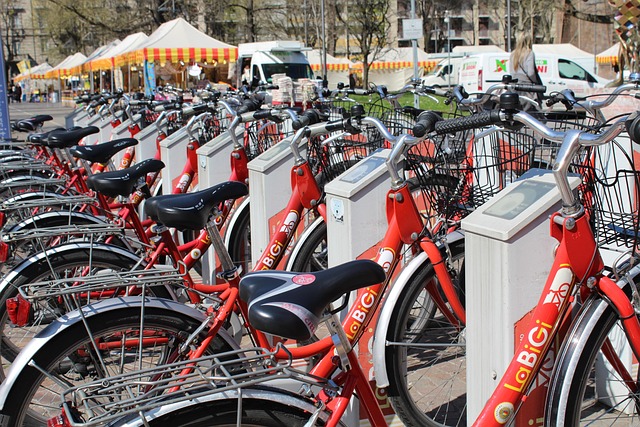Pedaling Towards Sustainable Rural Development
In a world increasingly concerned about climate change and the ecological footprint of our daily lives, the conversation around sustainable transport policies has never been more crucial. Those living in rural areas face unique transportation challenges, and as such, innovative policies aimed at fostering sustainable transport must be adapted to these environments. Amidst this backdrop, bicycles emerge as a beacon of hope—a sustainable solution that can revolutionize rural mobility and promote community engagement.
Transport Sustainability: More Than Just a Buzzword
When we think of sustainable transport, we often envision electric cars, solar-powered buses, or high-tech public transit systems. However, the simplicity and efficiency of bicycles make them a cornerstone of truly sustainable transport policies, especially in rural settings. Bicycles require far fewer resources to produce, have a minimal environmental impact during use, and are affordable for many families.
Implementing sustainable transport policies that prioritize cycling not only addresses environmental concerns but also facilitates healthier lifestyles. Cycling promotes physical well-being and offers an accessible means of transportation for those who may not own a vehicle. Encouraging bicycle use means advocating for a sustainable future—one that conserves resources, mitigates climate change effects, and showcases the effectiveness of grassroots initiatives.
Fostering Rural Development Through Cycling
Rural communities often struggle with limited access to reliable transportation, which can hinder economic development and social opportunities. A well-structured bicycle policy can transform local interactions, enabling residents to connect with neighboring towns, agricultural markets, and community centers. Imagine a farmer delivering fresh produce to market on a bicycle, creating a healthier local food system, while keeping transportation costs low.
By integrating cycling into rural development strategies, communities can stimulate local economies. Bicycle tourism, for instance, can thrive when paths are created, linking sites of interest and encouraging visitors to explore rural attractions. Additionally, a network of bike lanes and repair stations can foster a sense of community, encouraging residents to share resources and promote local craftsmanship in bicycle maintenance.
Creating a Culture of Cycling
The journey towards sustainable rural development requires a culture that embraces cycling. Schools, local governments, and community organizations must collaborate to inspire the next generation of cyclists. Initiatives such as safe cycling classes, community rides, and bike repair workshops can instill both confidence and knowledge, making cycling an integral part of everyday life in rural areas.
Moreover, public engagement plays a vital role. By hosting forums and workshops focused on cycling infrastructure and policy, community voices can shape sustainable transport policies tailored to local needs. It is vital that these conversations include a diverse group of residents—ensuring that everyone has a role in shaping a bicycle-friendly future.
Ultimately, the road towards sustainable rural development is paved with opportunities that bicycles can deliver. By adopting sustainable transport policies that prioritize cycling, we can not only reduce our carbon footprint but also enhance the quality of life in rural areas. Together, we can pedal towards a more sustainable, connected, and vibrant future.




